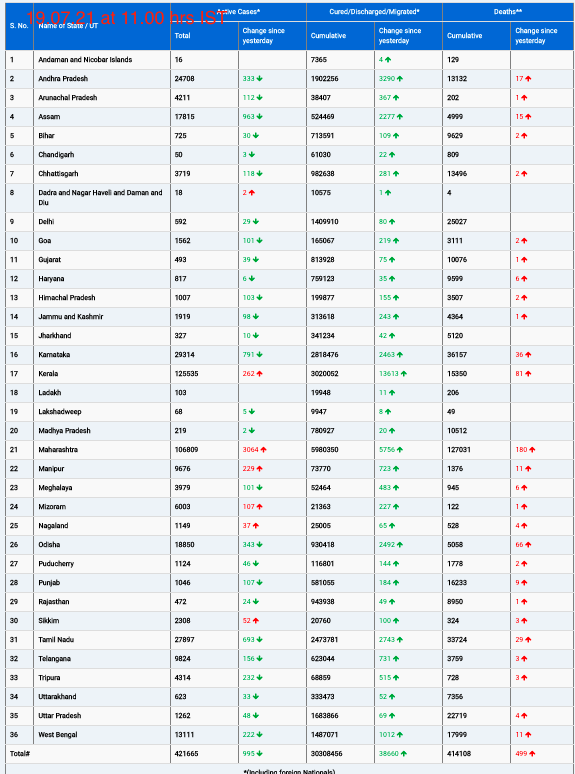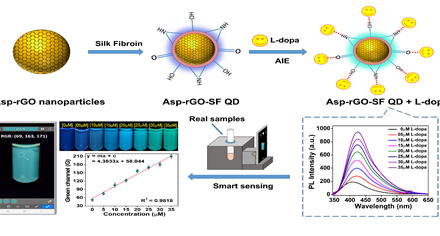In a groundbreaking perspective article published in Nature Cell Biology, Professors Dorothee Dormann and Edward Lemke from Johannes Gutenberg University Mainz (JGU) propose a novel approach to assess individual risk for age-related diseases using protein clumps as a potential biological clock.
As human bodies age, the intricate DNA and proteins that sustain cellular functions undergo gradual alterations, leading to increased susceptibility to age-related ailments such as cardiovascular disease, cancer, and Alzheimer’s disease. One pivotal change involves the misfolding of proteins within cells, which can aggregate to form amyloids, or protein clumps.
While protein misfolding can affect any protein, a specific category known as intrinsically disordered proteins (IDPs) are particularly prone to forming these aggregates. IDPs, constituting approximately 30% of cellular proteins, lack a defined structure and exhibit dynamic flexibility akin to cooked spaghetti strands.
The Role of Protein Aggregates in Disease Accumulation of these aggregates, especially in long-lived cells like neurons and muscle cells, correlates with aging and contributes significantly to neurodegenerative diseases such as Alzheimer’s and Parkinson’s disease. Dormann and Lemke suggest that the presence of IDP aggregates could serve as an indicator of cellular health and potentially predict the onset of age-related diseases.
The Potential of a Protein Aggregation Clock The concept of a “protein aggregation clock” proposed by Dormann and Lemke holds promise as a diagnostic tool. This hypothetical clock could aid in early disease detection and identify individuals at high risk for developing age-related illnesses. Moreover, it could facilitate the assessment of experimental treatments aimed at mitigating protein aggregation, thereby delaying or preventing disease progression.
Challenges and Future Directions Despite these prospects, translating the protein aggregation clock into a practical diagnostic tool requires further research into IDP dynamics and technological advancements. Dormann emphasizes the need for deeper understanding of the mechanisms governing IDP aggregation before such a diagnostic tool can become routine in clinical practice.
Comparison with Existing Biological Clocks Unlike traditional biological clocks based on nucleic acids such as DNA, a protein-based clock offers complementary insights due to the ubiquitous role of proteins in cellular functions. Dormann and Lemke advocate for integrating a protein aggregation clock alongside existing methods to enhance the precision of aging and health assessments.
Contributions to Healthy Aging Research Dormann and Lemke’s research aligns with efforts at the Center for Healthy Ageing (CHA), a collaborative hub at JGU focusing on aging and age-related diseases. Their findings aim to advance strategies for promoting healthy aging and developing effective treatments.
In summary, while the development of a protein aggregation clock remains in its nascent stages, the innovative perspective put forth by Dormann and Lemke opens new avenues for understanding aging processes and combating age-related diseases.
For more information, refer to: “Dormann, D., & Lemke, E. A. Adding intrinsically disordered proteins to biological ageing clocks. Nature Cell Biology, 23 May 2024. DOI: 10.1038/s41556-024-01423-w”











